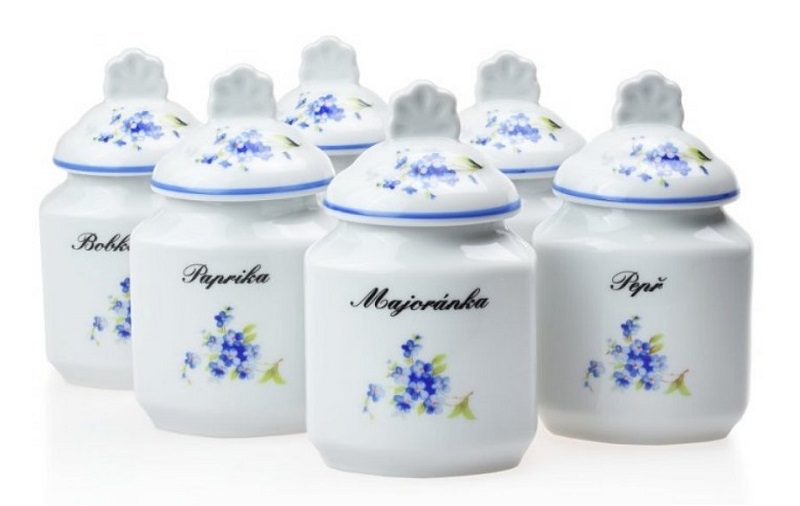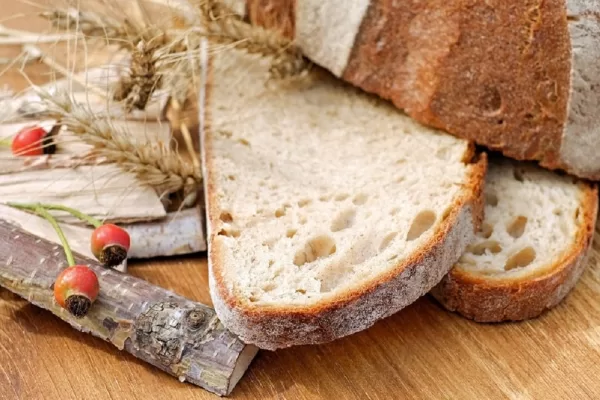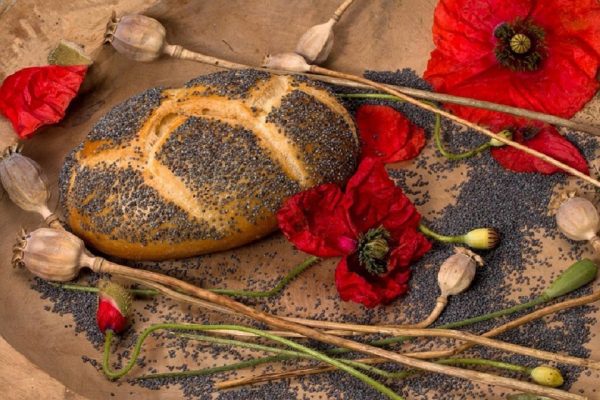Who has not heard of marjoram? This fragrant green spice is abundant in many traditional Czech dishes. Despite originating from the Mediterranean, marjoram has become a quintessential spice in Czech cuisine. Nothing can replace it in potato dishes like “bramboráčky” or “bramboračka”.
Czech Marjoram is cultivated and processed in the Czech Republic, flourishing within the essence of our land. Cultivating the original strain within Czech borders guarantees the exquisite, robust fragrance reminiscent of marjoram cultivated in the Czech mountains. Its potent aroma elevates the preparation of soups, sauces, stuffings, and potato dishes.

In Czech, “marjoram” is called “majoránka.”
- English Title: Marjoram
- Latin Name: Majorana hortensis
- Used Plant Part: Leaves
- Taste and Fragrance: Light aroma of fresh herbs and hay, slightly bitter undertones
- Geographical Origin: Central Asia, Northern Africa, Europe
One of the most beautiful scents in the world of herbs is created by marjoram. Where does this spice, which has become domesticated and can be grown in pots, originate from? Marjoram’s original region is the Mediterranean and the Near East.




















